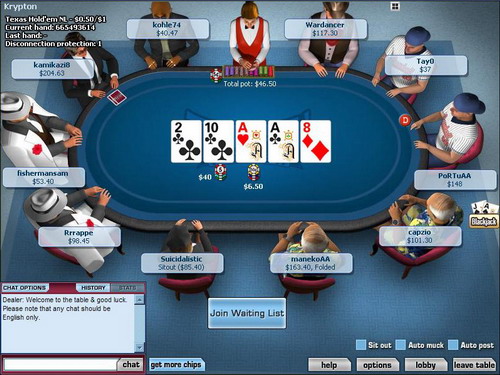Credit agreements
The Civil Code contains special provisions for consumer loans to protect consumers from usury better and to strengthen their rights. These regulations shall apply to financial assistance of any kind between a business as a lender and a consumer as a borrower. The only exceptions are loans and hire purchase transactions that amount less than 200 EUR and payment deferrals of up to three months. The main provisions are summarized below:
The loan agreement:
must be in writing,
must meet certain minimum information such as the net loan amount, interest rate and all other costs included and the manner of repayment of the loan,
must specify the annual percentage rate, which can be compared to different loan offers,
is void if the written form is not filled in or lacks any required information.
An agreement enters into vigor when a loan is taken. In that case, consumers can revoke their agreement within two weeks but only in certain conditions.
Exception: Real estate loan agreements may not give the consumer the right to cancellation and may also determine them to make a payment within two weeks. Such an agreement is invalid if you signed the loan agreement in a so-called doorstep, like your private home or workplace.
Real estate loan agreements are accompanied by a purchase agreement if the loan was taken to purchase a property and the lender is also the seller or if the lender and the seller work together so closely that both agreements represent an economically unified business. In such a case, your right of cancellation applies to both agreements, so beware.
The loan repayment:
will be expensive for the borrowers if they come in arrears with the installments because they have to pay additional interest. Consult a debt relief guide if you find yourself in a tight situation.
The lender may accept part payments (the first part amounts to the cost of collection and then to the debt and only then the interest is deducted from the payments).
The loan termination by the lender is only possible if:
borrowers with two consecutive payments are wholly or partly in arrears;
these residues account for at least 10% of the total credit (with maturities of at least 5%) over three years and
the defaulting borrowers previously set a payment deadline of two weeks and were threatened with termination in case of non-payment.
